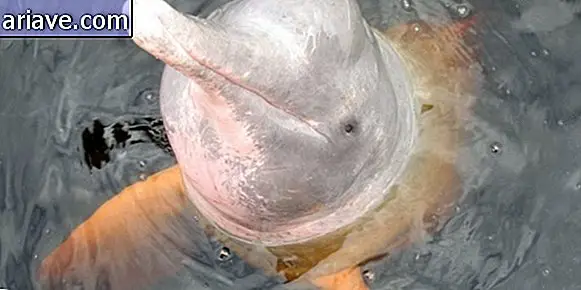Scientists create metallic skin that can heal itself
If a future filled with smart robots doesn't seem dark enough, imagine smart robots with a "skin" that can heal on its own. This "skin" already exists and was created by researchers at Carnegie Mellon University in the United States, and can be applied in the future to robots, machines and various circuits.
The process of “healing” these metal plates is similar to biological tissues that recompose themselves by reconnecting cells. They do not self-build after being broken, but have mechanisms for the circuits to restart after an injury to keep everything running.
Led by Carmel Majidi, scientists have developed an elastic silicon material that consists of an alloy of gallium and indium. The material remains liquid at room temperature, says PhysicsWorld, which extends its suppleness and makes it superior to other such initiatives. Previously used materials easily ruptured and thus had impaired conductivity.
“Because the material is mechanically compliant, the circuit that results from it is also highly malleable and as soft as natural skin, ” adds Majidi.
Self Healing
The self-healing process of this new material works as follows: When the circuit is broken, the liquid inside it spreads around the damaged area to form new conductivity pathways. As a result, it circumvents “injury” and increases the survival of a robot or machine by allowing its circuits to remain interconnected and functional - it is a process of electrical self-healing.
"Such electrical 'self-healing' is especially important for in flexible and elastic circuits, after all, like natural biological tissues, they must be resistant to cuts, punctures and bruises, " says Carnegie Mellon University scientist.
Future
For Majidi in the future, her creation could be applied to "artificial nerve tissues in robots and machines that mimic natural organisms that can physically interact with humans in a safe way." He cites, for example, heavy load support and “real world conditions” as possible applications of the technique.
In addition, the next step is to intensify the study in order to develop a material capable of electrically and mechanically self-repairing. “Although electrical self-healing is an important property, our material cannot mechanically repair itself after damage, ” Majidi lamented.
Scientists create metallic skin that can 'heal' itself via TecMundo











